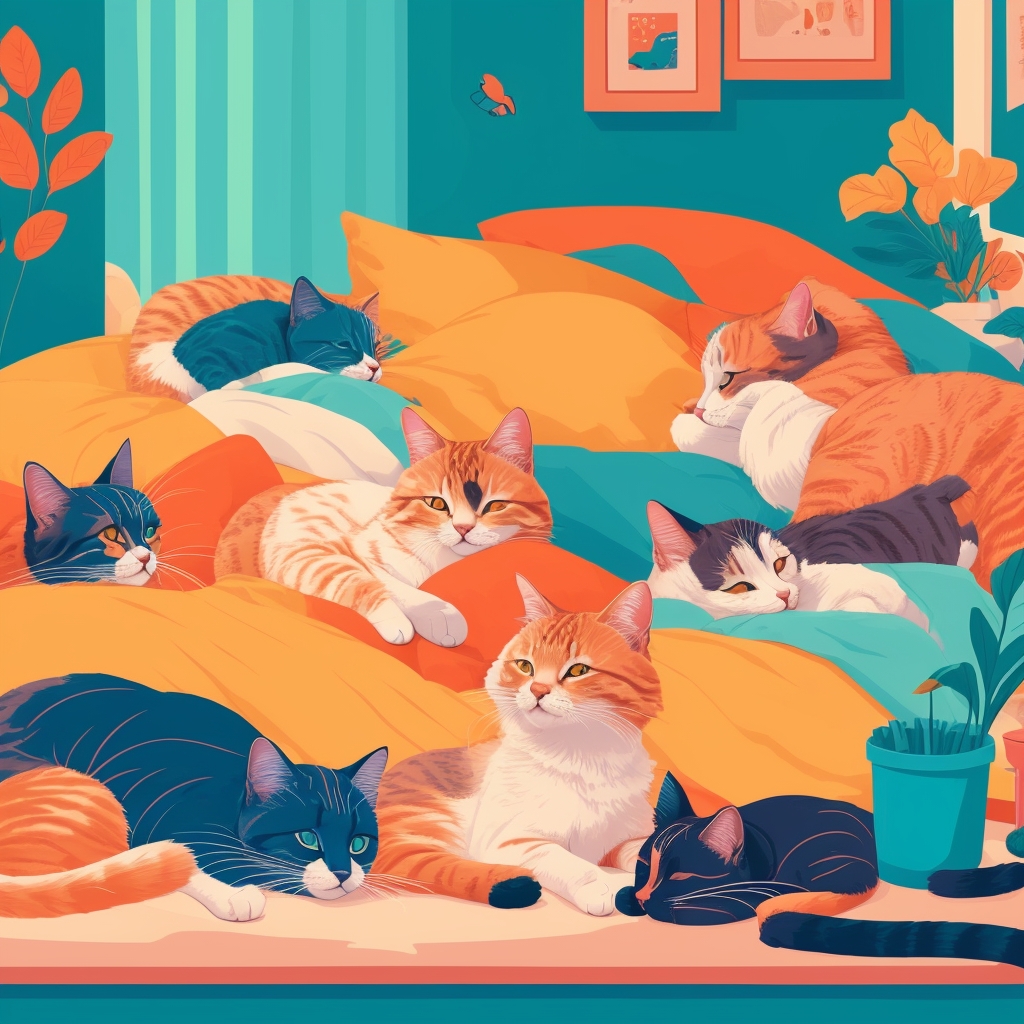Cats are fascinating companions, but their behavior can sometimes be puzzling for their owners. One of the most common and often frustrating habits is scratching furniture. Why do cats do this? What are the underlying reasons for this natural behavior? This article explores the various motivations behind why cats scratch and offers solutions to manage this behavior without compromising your feline’s well-being.
Biological Reasons for Scratching
Natural Instinct
Cats’ claws aren’t just for show. Scratching is an innate behavior that dates back to their wild ancestors. In the wild, cats scratch for several reasons:
- Claw Sharpening: Cats’ claws are made of keratin. Scratching helps remove worn-out layers, keeping their claws sharp and ready for hunting.
- Territorial Marking: Cats have scent glands in their paws. By scratching, they leave their scent on furniture, marking their territory and signaling their presence to other cats.
Physical Exercise and Mental Stimulation
Scratching also allows cats to stretch and strengthen the muscles in their paws and back. This behavior contributes to their physical and mental well-being. A cat that scratches regularly is generally more active and less prone to obesity or behavioral problems.
Psychological Reasons for Scratching
Stress and Anxiety
Cats may scratch furniture in response to stressful situations. A move, the arrival of a new pet, or changes in their environment can prompt a cat to express discomfort through scratching. This behavior can serve as a coping mechanism, allowing the cat to release accumulated tension.
Play Instinct
Scratching can also be a sign of play. Young cats, in particular, need to expend their energy. Scratching furniture can be a way for them to have fun and explore their surroundings.
Real-Life Examples and Use Cases
Case 1: The Stressed Cat
A cat owner recently moved into a new house. Their cat, usually calm, began scratching the sofa with increased intensity. After a few weeks, the owner realized the cat was showing signs of stress. To remedy this, they created a more reassuring environment with hiding spots and toys, and saw a significant decrease in scratching.
Case 2: The Playful Young Cat
A couple adopted a kitten that tended to scratch their wooden furniture. They noticed the kitten scratched mostly after eating or playing. To channel this energy, they invested in a cat tree and scratching posts. By providing suitable alternatives, they successfully reduced the damage to their furniture.
Key Points and Best Practices
1. Offer Alternatives
It’s essential to provide your cat with appropriate scratching posts. Choose models made of cardboard, sisal, or wood, and place them in areas where your cat likes to play or rest.
2. Create a Reassuring Environment
For stressed cats, it’s crucial to offer them a stable environment. Minimize abrupt changes and provide safe spaces where they can retreat.
3. Use Repellents
If a cat persists in scratching specific furniture, commercially available cat repellents can be applied to these areas. However, this shouldn’t be the only solution.
4. Positive Reinforcement
Encourage your cat to use their scratching posts by offering treats or petting them when they do.
5. Keep Claws Well-Maintained
Trim your cat’s claws regularly to prevent them from becoming too long and causing significant damage to furniture.
Conclusion
Scratching is a natural and essential behavior for cats, stemming from their biological instincts and psychological needs. Understanding why cats scratch furniture is the first step to effectively managing this behavior. By offering suitable alternatives, creating a serene environment, and using positive reinforcement techniques, you can minimize damage and enrich your feline companion’s life. Remember that every cat is unique, and you may need to adapt your strategies based on their personality and needs. Ultimately, the key lies in balancing your cat’s natural needs with the preservation of your furniture.







